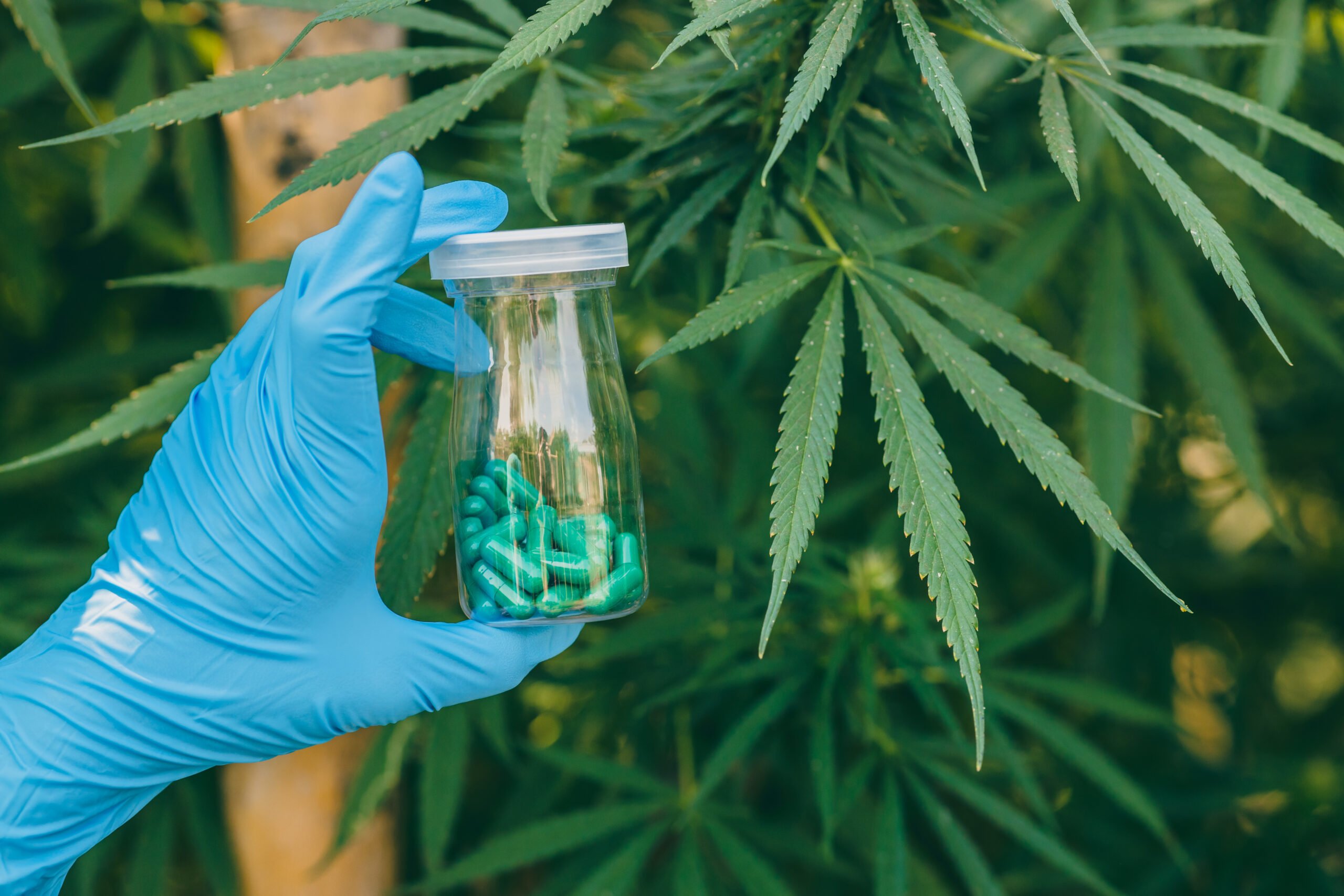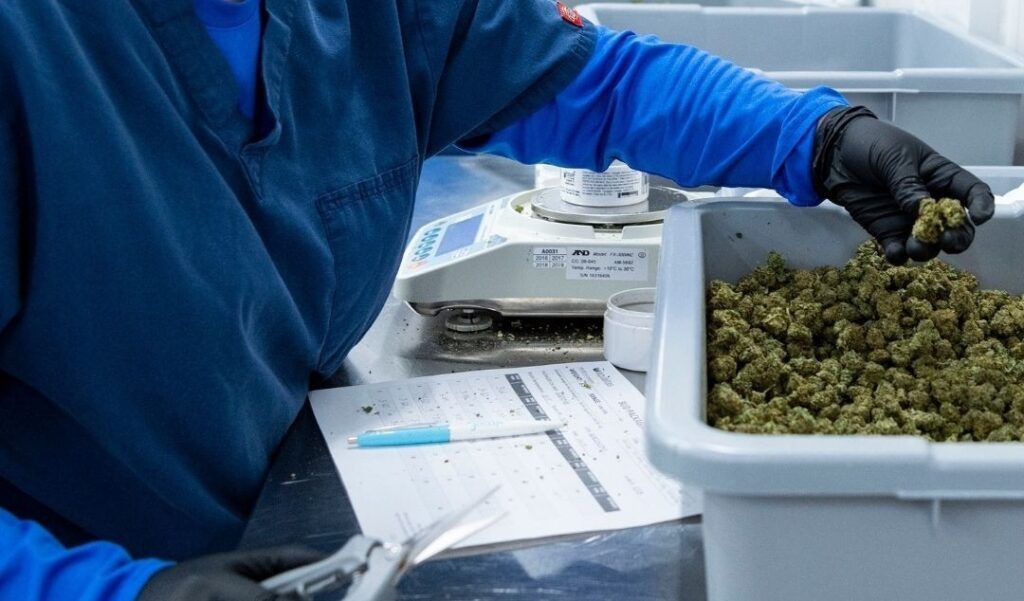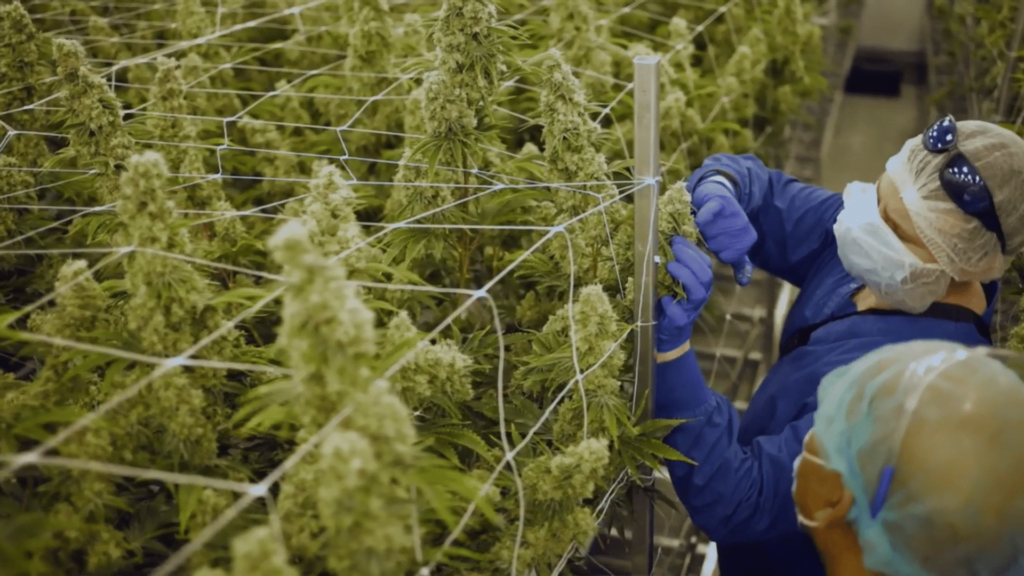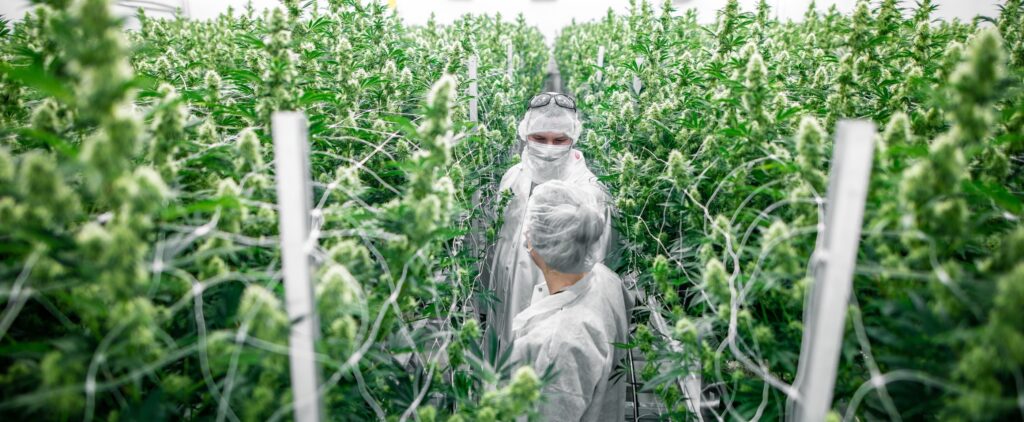8 Ways To Better Produce Cannabis For Extraction
“…Growing plants is as easy and as complicated as switching between giving the plant what it needs and what it wants.”
—– Meurig Murray, Director of Cultivation @ Stewart Farms
An old proverb says “You reap what you sow,” and when it comes to ways to produce cannabis for extraction, the saying proves true as the quality of care a grower feeds his cannabis plants will translate to the end-product.
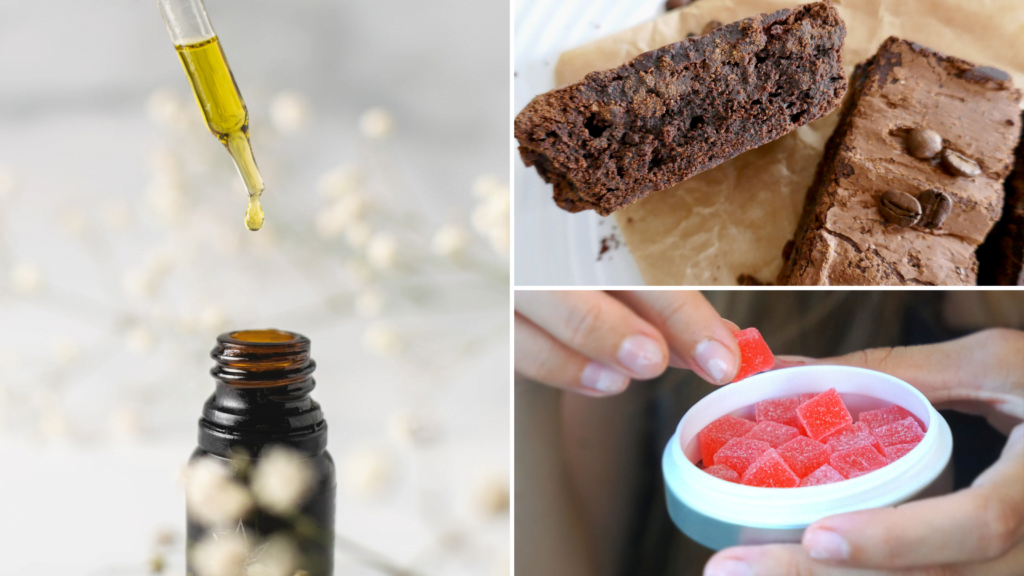
Among the most sought after cannabis products include cannabis oil, capsules, chocolates, beverages, and skincare products — the quality of each greatly depends on the oil extracted from cannabis plants. Thus, growers are most interested in the quality and quantity of oil they can extract from their plants.
Master growers Meurig Murray and James Curran share eight ways on how to better produce cannabis for extraction during their talk “From Soil to Oil: How to Align your Pheno-Hunting with Extraction Goals” at The Grower’s Source Expo. Encompassing the technical and the practical, the tips below might be the answer to one of the problems you may be facing as a grower.
1. Define your target market
“Why are you in[to] extraction?” James posed this general question and proceeded to ask which market you are making cannabis for – medical, young audience, or people aged 60+?
“[The target market] will determine the extraction… [and will] steer your cultivation strategy.”
— James Curran, Grower/Extraction Specialist
Several types of cannabis products are available and they have their own target consumers. In March 2020, Headset revealed the buying behaviour of weed consumers. More than half of cannabis buyers are millennials, who prefer vapor pens and have the least preference for cannabis flowers among generations. They also found that men are more likely to buy cannabis and they spend a little more than women. Women were also found to prefer CBD-containing products than the ones with THC. Having knowledge of your consumers will direct the course of your growing and extraction.
2. Grow your plant according to your target product
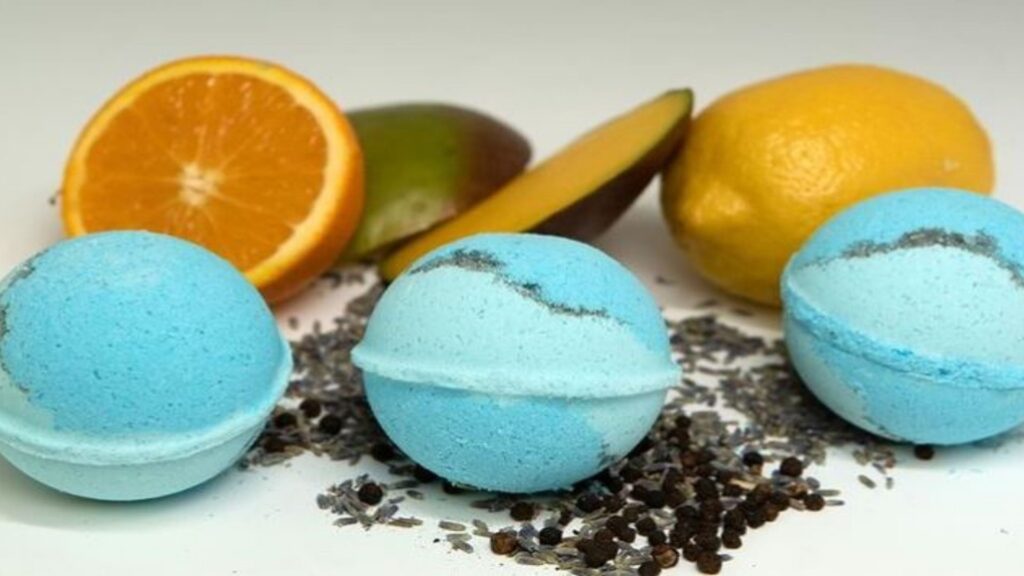
Having the end in mind helps you as a grower to plan your cultivation and extraction strategy well. Meurig says that he thinks about the client he wants to produce for and thinks about the reason why.
“Making an educated selection requires you to know about your cultivar that you’re going to produce and how it’s going to end up in your final package form.”
—– James Curran, Grower/Extraction Specialist
There are different cannabis products with different requirements such as terpene and cannabinoid contents, and one strain is more appropriate for one product over another. There are three major groups of strains: indica, sativa, and hybrid. They require different cultivation strategies and conditions. Knowing what product you are aiming for helps you decide which strain and what growing conditions you must prepare for.
3. Choose the best extraction method
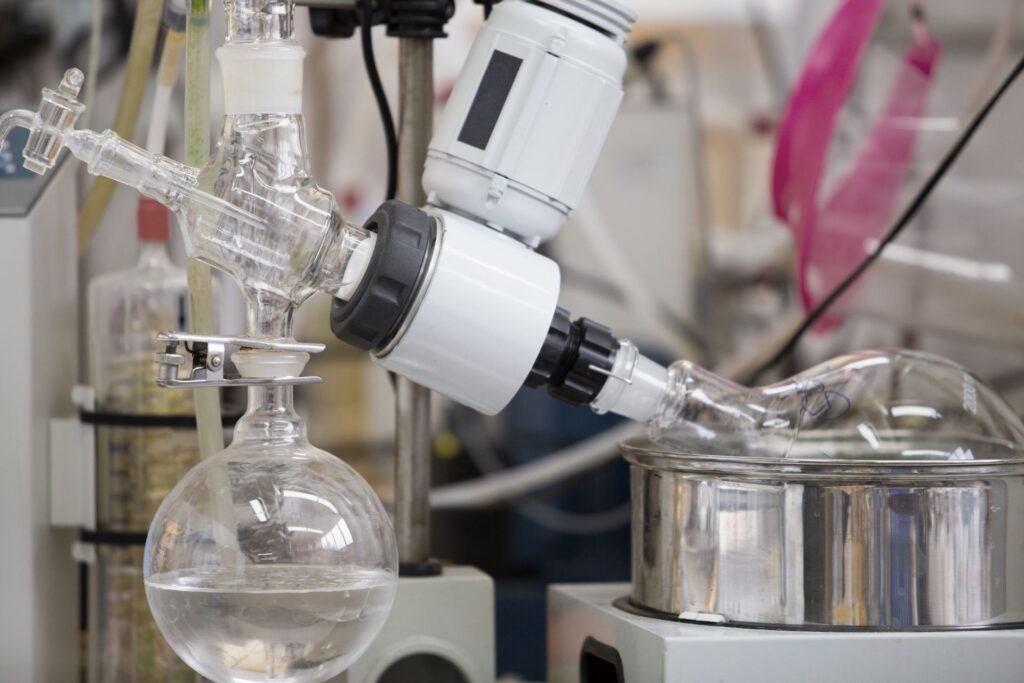
Different products will require different strains and different extraction methods. Delta Separation outlined the different types of extraction methods, how to do each, and for what product/s each method is best for in The Ultimate Guide to Cannabis Oil Extraction.
In general, extractions can be classified into solvent-based and non-solvent-based Ethanol extraction is used to acquire crude oil that can be further processed and used for vapes, edibles, tinctures, sublingual drops, and topicals. CO2 extraction is best for food cannabis products and has a high level of purity when processed properly and has very few fats and waxes present in the crude. Hydrocarbon extraction is used for dabbable products such as wax and BHO. Vegetable oils can also be used as a non-expensive alternative for those who love DIYs, but the product is not as potent or versatile as those extracted using other methods. Non-solvent methods include ice water mechanical separation, cold pressing, rosin pressing, and kief pressing these methods are often used on the highest quality of flower and often produce the finest resin when the proper genetics are used. James explains that terpenes are mostly lost in ethanol extraction and that greasy plants are best for butane extraction for high terpene yield. One must choose the right method for the strains they have.
James, as an extractor, says that he knows for what kind of product his plants will be good for by touching them. He touches the buds and pinches a bud between his fingers. He notes the texture sensation after rubbing his fingers together.
“So if you’d like a terpene profile of a cultivar and you want to make an artisanal extract product you could be sacrificing yields if you don’t know certain things about this plant prior to testing out or trying out an extraction process.”
—– James Curran, Grower/Extraction Specialist
4. Be mindful of profit margins
The profit margin tells you how profitable your product or business is. To calculate it, get your net income value first by subtracting your total business expenditures from your total revenue. Then divide the net income by the total revenue. The quotient is your profit margin. You can calculate your profit margin here.
There are multiple ways to increase your profit margin, and one of those is strategically planning your cultivation and extraction methods. Meurig emphasizes the importance of being aware of your profit margins when choosing the correct extraction methods and cultivars.
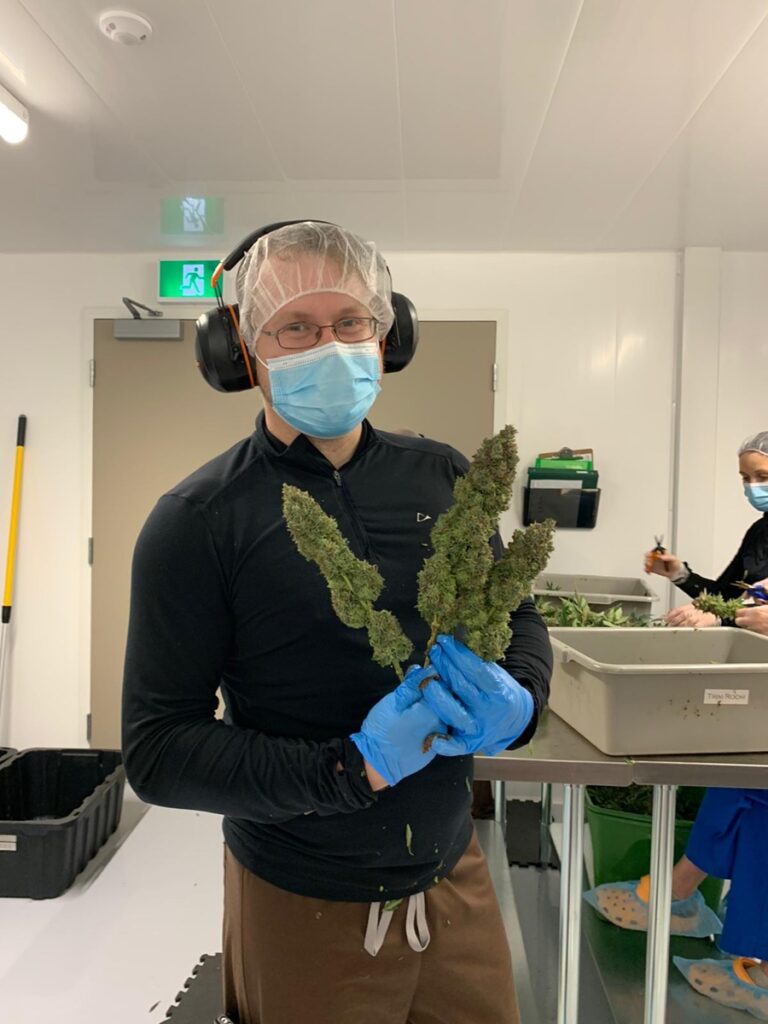
“If you extract [poor quality concentrate]… you start cutting off [the] cultivation process to obtain that high quality product rating that we all expect, which in turn affects your profit margin.”
— Meurig Murray, Director of Cultivation @ Stewart Farms
5. Adjust growing conditions based on strain
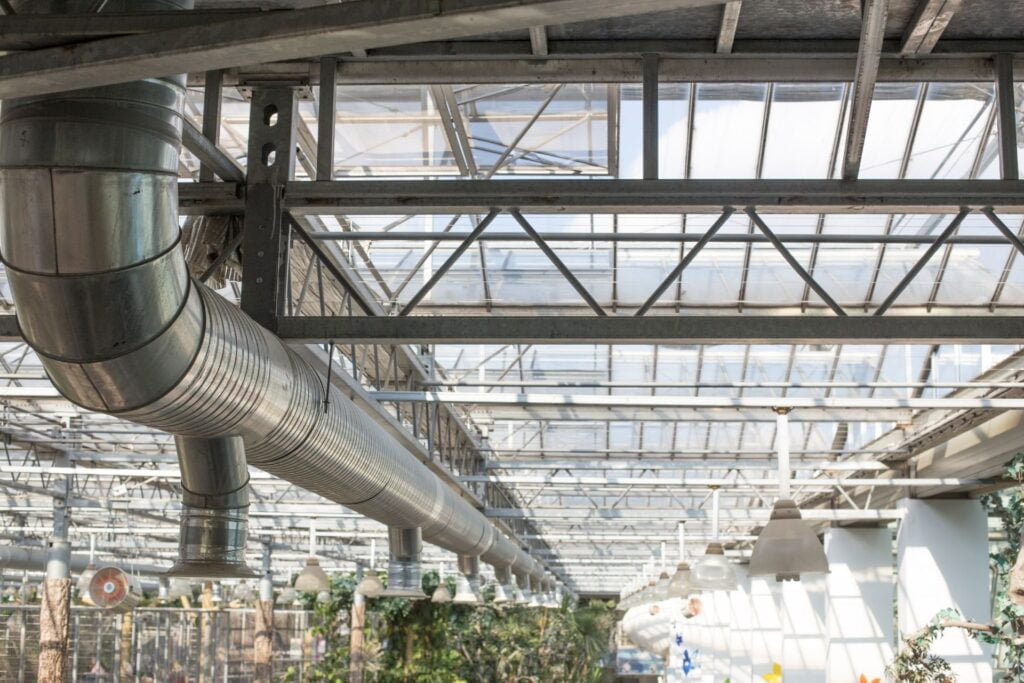
The four major groups of cannabis strains are indica, sativa, hybrid, and the least common, ruderalis. These strains have different characteristics and growth requirements. For instance, indica can survive harsh and dry conditions because of its origin. They grow faster than sativa and produce more flowers. Growers from countries with short winters prefer to produce them rather than the sativa variant. They are also best if you plan to grow indoors.
Meurig emphasizes how he adjusts the airflow of his facility for a given cultivar. He explains that sativas prefer warmer, more humid, with softer air flow environments compared with indicas.
“I find different cultivars have different kinds of airflow environments.”
— Meurig Murray, Director of Cultivation @Stewart Farms
Not sure how to start or continue your cultivation process? Here’s a collection of grow guides from Canna and I love growing marijuana.
6. Choose the strain right for your facility

“So your plant-to-plant selection should be kind of based on what your growing location can handle, knowing your diseases and pest pressures in your facility is huge”
— Meurig Murray, Director of Cultivation @ Stewart Farms
Knowing the strength of your strain based on its genetics is important in choosing the right plants for your facility. Pathogens and pests like Asians thrips and powdery mildew can affect your growing time and plant quality. Meurig says that most producers select six- to nine-week finishers for a quick turnaround and the least susceptibility to diseases. On the side, he adds that 12- to 18-week finishers have higher prices because of the level of growing maintenance done for it by the grower. He also recommends doing your research about the strains because you cannot just plant and expect your strains to be successful no matter what.
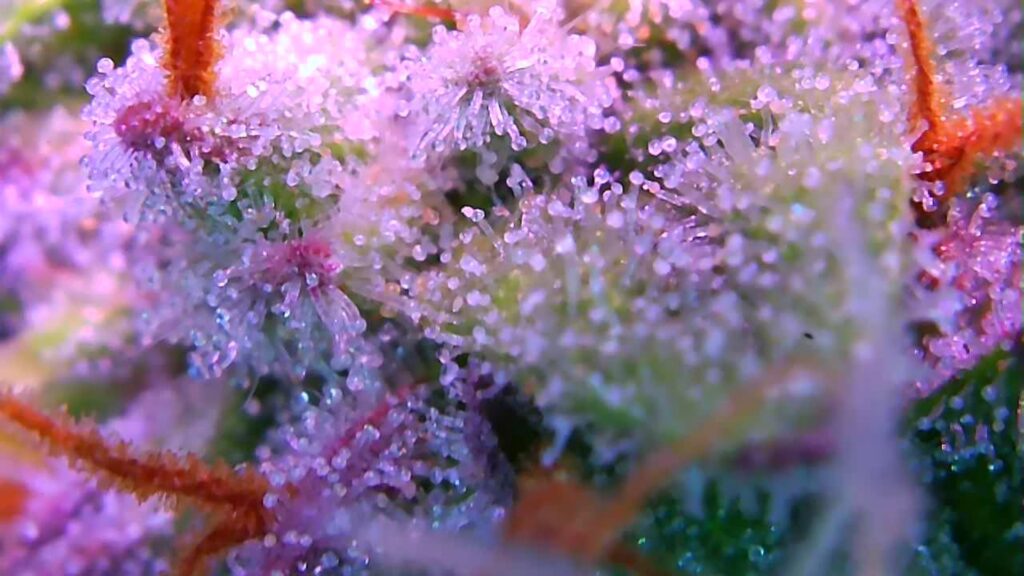
“Don’t just chase your strain names, chase the strain effects.”
— Meurig Murray, Director of Cultivation @ Stewart Farms
7. To better produce cannabis for extraction, touch your plants
James, as an extractor, says that he knows for what kind of product his plants will be good for by touching them. He touches the buds and pinches a bud between his fingers. He notes the texture sensation after rubbing his fingers together.
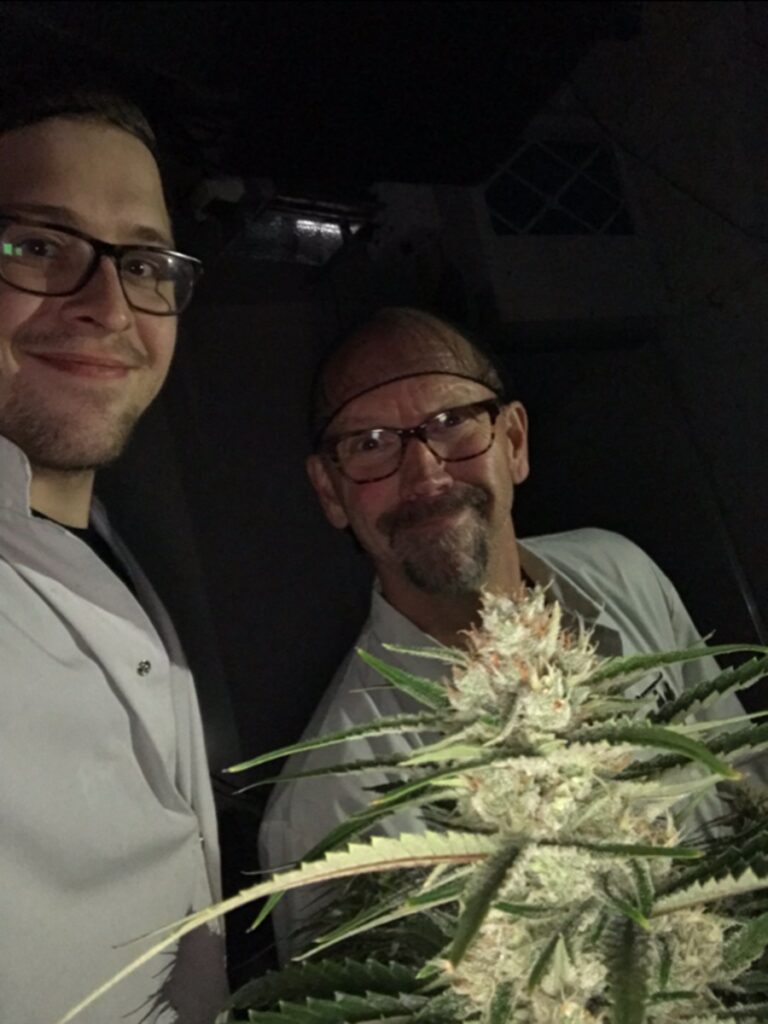
“If it’s greasy, like, extremely greasy, watery, everything like that, that’s a high amount of water-soluble terpenes and that won’t end well towards ice hash extraction”
—– James Curran, Grower/Extraction Specialist
He continues that a greasy feel with a high amount of terpenes is more suitable for butane hydrocarbon extraction because the butane solvent will be able to pull all the terpenes from the plant. On the other hand, ice hash extraction is best for plants that have “a gritty almost like sandy kind of texture.” Meurig adds that most plants that are good for extraction and hash production are usually big and tall (seven feet and up).
8. Have one designated sensory destruction plant
While it is important to touch your plants to know the best extraction method for it, you cannot touch all plants on a large production scale. Buds may get crushed and rot when you touch your plants often. For a monocrop, Meurig advises to designate a sensory destruction plant, which you will test for greasiness or texture.
These experiences of James and Meurig show that skill and strategy are both important to better produce cannabis for extraction as growers. Knowing your destination can help you plan and navigate through your cultivation process from soil to oil.
Watch James and Meurig’s session at The Grower’s Source Expo here.
Featured Image Credits: Canva Stock Photos

Want to keep the discussion going?
Log onto The Grower’s Source App to ask a question of our group of experts, or to read up on the latest comments on this topic.
You can also engage your fellow master and hobby growers about many other cannabis topics on your Grower’s Source App.

CONNECT
Connect and maintain relationships between you and other Canadian cannabis industry growers.
COLLABORATE
Overcome challenges together with your fellow growers, learn, develop collective knowledge and a global competitive edge.
GROW
Grow better, aim for sustainability, quality, and cost-effectiveness.




